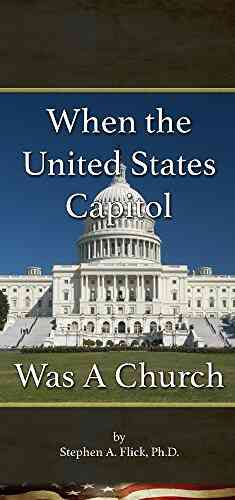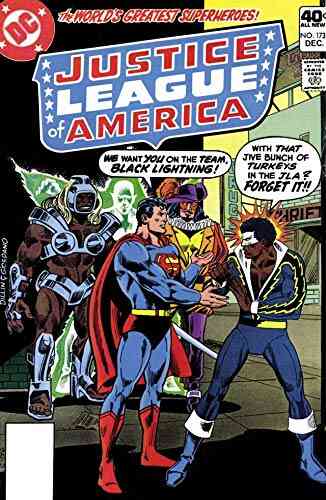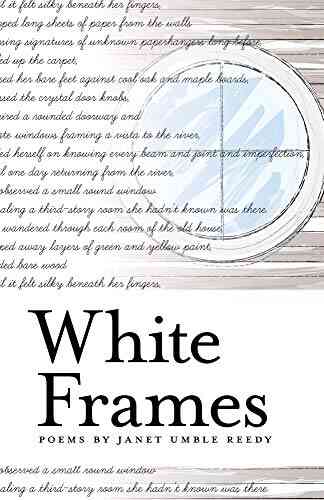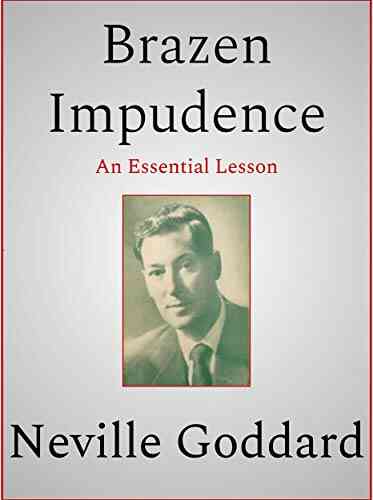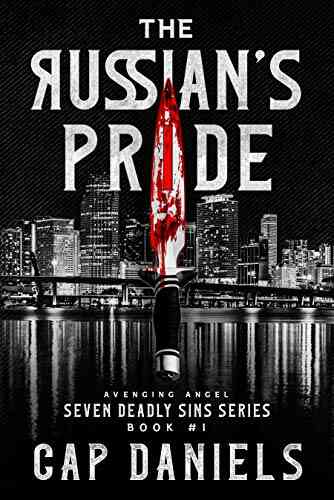When The United States Capitol Was Church: The Interplay Between Christianity and American Government

Throughout history, religion has played a significant role in shaping the governance and traditions of nations. In the case of the United States of America, Christianity has been deeply intertwined with the formation and operation of its government. One remarkable example of this interplay can be found in the early history of the United States Capitol, which once served as a place of worship and symbolized the close relationship between Christianity and American governance.
The Beginnings of a Nation
When the Founding Fathers crafted the Constitution in the late 18th century, they aimed to establish a nation built on principles of freedom, justice, and religious tolerance. Although they advocated for a separation of church and state, they acknowledged the importance of religion in shaping the morality and values of the American people. As such, Christianity took root as the dominant religious influence in the young nation.
In the early years of the United States, it was not uncommon for public buildings to be used for religious purposes, primarily due to limited resources and the absence of purpose-built worship spaces. The United States Capitol, designed by architect William Thornton, was no exception to this practice.
4.7 out of 5
| Language | : | English |
| File size | : | 171 KB |
| Text-to-Speech | : | Enabled |
| Screen Reader | : | Supported |
| Enhanced typesetting | : | Enabled |
| Word Wise | : | Enabled |
| Print length | : | 15 pages |
| Lending | : | Enabled |
The Capitol’s Religious Roots
Completed in 1800, the United States Capitol originally housed not only the legislative bodies but also a chapel on the south wing. This chapel, known as the Old House Chamber, was not only used by politicians but also by local congregations for Sunday services. It was a symbol of the deep intertwining of faith and governance that characterized early America.
While not officially recognized as a church, the Old House Chamber provided a sanctuary for worship, allowing politicians and citizens alike to practice their faith within the walls of the Capitol. The arrangement demonstrated the acknowledgment of Christianity's importance in the lives of the country's leaders and the community as a whole.
Presidents and Worship at the Capitol
Several presidents actively participated in religious services held at the United States Capitol. One notable example is President Thomas Jefferson, who attended church services in the Capitol during his tenure. Jefferson, famous for his strong belief in the separation of church and state, recognized the significant role played by religion in the lives of the American people, even while endorsing a secular government.
President James Madison also attended worship services within the Capitol. Madison, often referred to as the "Father of the Constitution," believed that religion and morality were essential pillars of a successful republican government.
Religious Services in the Capitol
The religious services held within the Capitol were not limited to Christian denominations. Different religious groups, including Jewish and Catholic congregations, shared the space for their worship ceremonies. This acceptance of diverse faiths within the Capitol symbolizes the principles of religious freedom and tolerance that the United States was founded upon.
For several decades, the Old House Chamber served as a venue for religious services until the construction of purpose-built churches in Washington, D.C. As the city expanded and the government grew, the Capitol's role as a place for worship gradually diminished.
The Legacy of a Church-Like Capitol
Although the United States Capitol no longer functions as a place of worship, its religious roots continue to influence American governance. The early practice of holding services within the Capitol demonstrates the recognition of religion's role in shaping the moral fabric of the nation.
The interplay between Christianity and American government remains evident today. From the use of religious symbolism in government buildings to the invocation of religious values in political speeches, the influence of Christianity on the nation's governance cannot be denied.
The early days of the United States Capitol as a place of worship symbolize the close relationship between Christianity and American government. The recognition of religion's importance in the lives of the nation's leaders and citizens, coupled with the principles of religious freedom and tolerance, shaped the foundation of American governance.
While the United States Capitol may no longer function as a church, its history serves as a reminder of the enduring influence of Christianity on American society and governance. Today, the interplay between Christianity and American government continues to shape the values and direction of the nation.
4.7 out of 5
| Language | : | English |
| File size | : | 171 KB |
| Text-to-Speech | : | Enabled |
| Screen Reader | : | Supported |
| Enhanced typesetting | : | Enabled |
| Word Wise | : | Enabled |
| Print length | : | 15 pages |
| Lending | : | Enabled |
Contrary to the arguments from the irreligious, America was not founded as a secular nation. Rather, the historical facts demonstrate that from the charters granting immigrants permission to settle in English controlled lands to the first thirteen state constitutions, Christianity was a guiding influence in all of these documents. In addition to a wealth of legal documents demonstrating America's Christian origin and development are the clear historical footprints of the Founding Fathers' mingling of Christian observances with both the state and federal levels of government.
It may be demonstrated from the records of the Continental Congress onward that America's Founding Fathers never believed that Christianity should be repressed. In fact, the Continental Congress repeatedly issued proclamations calling for days of fasting and prayer. These proclamations were issued to the states for observance and were observed by General George Washington and the American Revolutionary Army. In addition, the Continental Congress issued thanksgiving proclamations that served as the foundation for the first thanksgiving proclamation under the Constitution. President Washington signed the first thanksgiving proclamation Congress sent to him, and in doing so, began a tradition that was to receive annual observance in the nineteenth century.
So deep and strong was the relationship of government to the Christian faith in America that the relationship was recognized in a variety of ways. Few realize that the United States Capitol was used as a church for years before it was used to convene the United States Congress. For nearly three-quarters of a century, the United States Capitol was used for church services. In fact, it became a meeting place for a number of churches in Washington, D. C. While secularists wish to keep this and many other similar historical facts quiet, the sincere Christian will wish to celebrate the spiritual heritage our Founding Fathers have bequeathed to us.
Do you want to contribute by writing guest posts on this blog?
Please contact us and send us a resume of previous articles that you have written.




















Light bulbAdvertise smarter! Our strategic ad space ensures maximum exposure. Reserve your spot today!

 Bernard PowellEmbark on a Thrilling Coastal Caribbean Adventure with Tyson Wild Thriller 34
Bernard PowellEmbark on a Thrilling Coastal Caribbean Adventure with Tyson Wild Thriller 34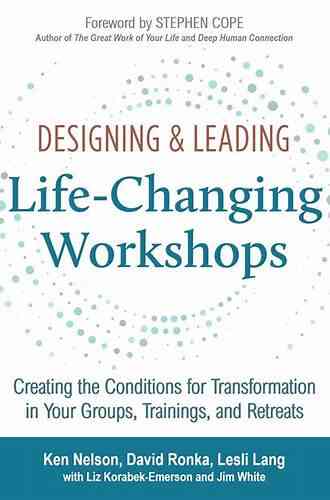
 Dustin RichardsonCreating The Conditions For Transformation In Your Groups Trainings And...
Dustin RichardsonCreating The Conditions For Transformation In Your Groups Trainings And...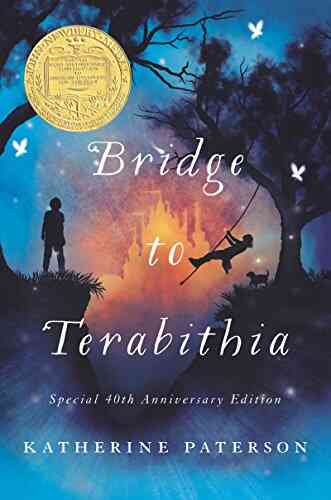
 Randy HayesBridge To Terabithia: A Journey into Imagination and Friendship by Katherine...
Randy HayesBridge To Terabithia: A Journey into Imagination and Friendship by Katherine... Banana YoshimotoFollow ·5.7k
Banana YoshimotoFollow ·5.7k Evan HayesFollow ·13k
Evan HayesFollow ·13k Graham BlairFollow ·13.8k
Graham BlairFollow ·13.8k Howard BlairFollow ·12.2k
Howard BlairFollow ·12.2k Lee SimmonsFollow ·8.1k
Lee SimmonsFollow ·8.1k Fernando BellFollow ·10.7k
Fernando BellFollow ·10.7k Paulo CoelhoFollow ·7k
Paulo CoelhoFollow ·7k Francisco CoxFollow ·17.3k
Francisco CoxFollow ·17.3k

 Jesus Mitchell
Jesus MitchellUnveiling the Cosmic Mystery: The Star Emkay Connor...
The universe is an endless expanse filled...

 Roy Bell
Roy BellGood Hunting: Can You Kill the King? - A Thrilling...
Are you ready for an...
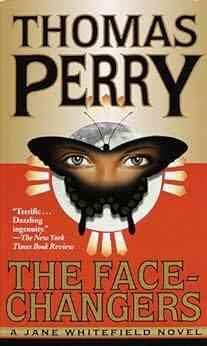
 Gary Cox
Gary CoxThe Face Changers: Jane Whitefield - A Master of Disguise
Imagine a world where you could change...

 Dashawn Hayes
Dashawn HayesChristmas Wishes Key Largo Christmas: A Magical...
The holiday season is truly a time of wonder...
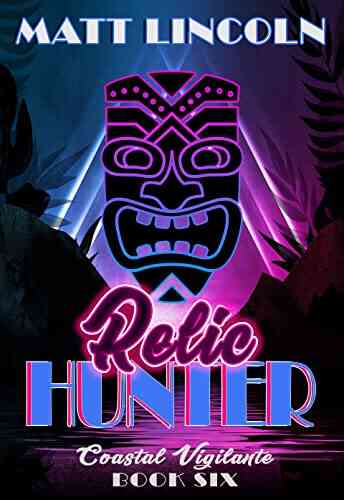
 Kirk Hayes
Kirk HayesUnearth the Mysteries with Relic Hunter Coastal Vigilante
Welcome to the world of Relic...
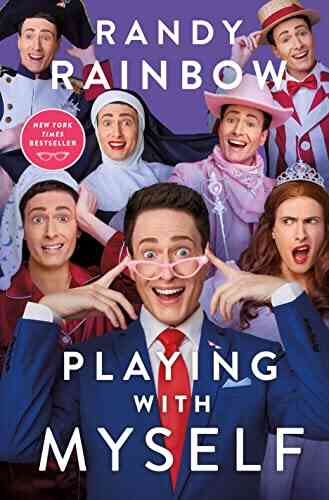
 Kevin Turner
Kevin TurnerPlaying With Myself: Randy Rainbow Takes the Stage
Do you enjoy music, comedy, and quick-witted...

 Virginia Woolf
Virginia WoolfTank Blue Collar Billionaires Malone: The Inspiring Rags...
When you think of billionaires, images of...

 Norman Butler
Norman ButlerGive The Baby To The Fuhrer - A Gripping Military Fiction...
The Third Reich's involvement in World...
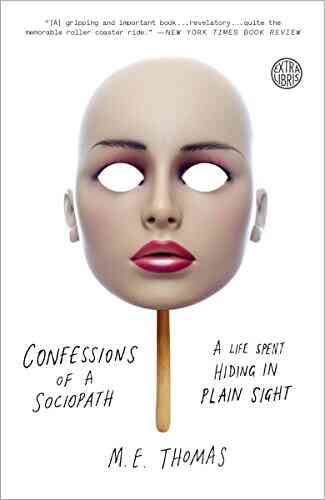
 Mike Hayes
Mike HayesConfessions of a Sociopath: Unveiling the Dark Mind
Have you ever wondered what goes on...

 Austin Ford
Austin FordThe Lost Nebula Lost Starship 16: An Epic Journey Beyond...
Have you ever dreamt of embarking on a...

 Guillermo Blair
Guillermo BlairPoison Orchids: A Darkly Compelling Psychological...
If you're a fan of gripping psychological...

 Carlos Fuentes
Carlos FuentesApache Nifi 51 Interview Questions: A Comprehensive Guide...
Are you preparing for a job interview that...
4.7 out of 5
| Language | : | English |
| File size | : | 171 KB |
| Text-to-Speech | : | Enabled |
| Screen Reader | : | Supported |
| Enhanced typesetting | : | Enabled |
| Word Wise | : | Enabled |
| Print length | : | 15 pages |
| Lending | : | Enabled |


